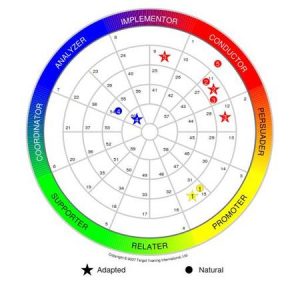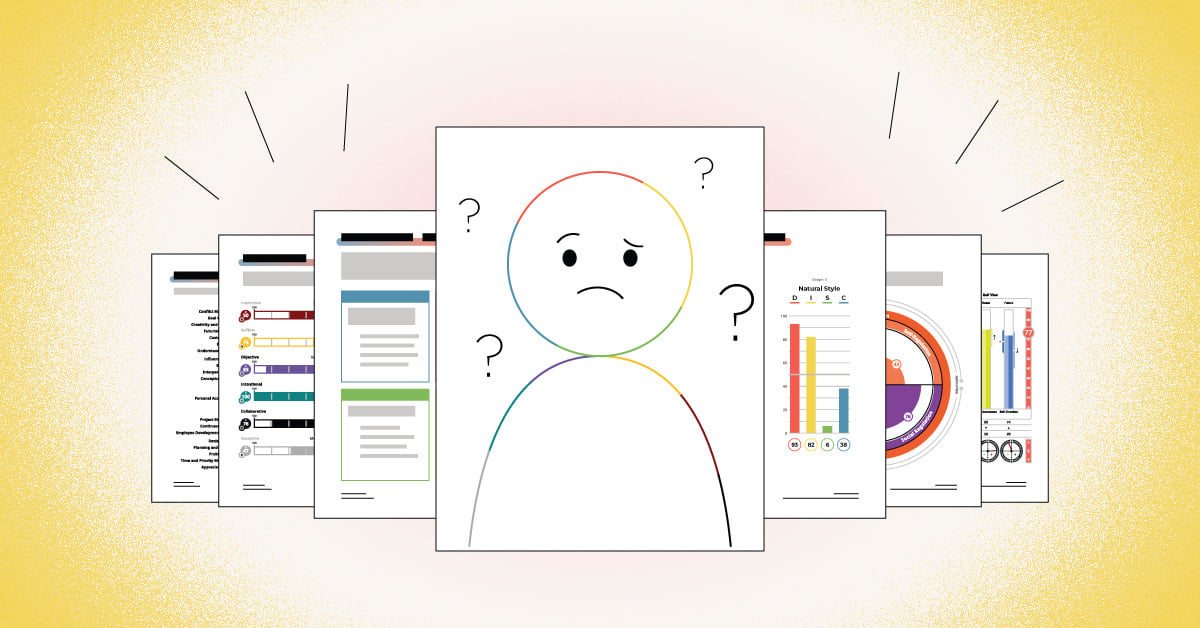Transforming Differences to Strengths at Work
"If it wasn’t for people, business would be easy. . .because it wouldn’t exist.” Samuel Turner
At some point in our careers, we have all experienced workplace conflict. Whether it be a behavioral conflict, a values clash or a lack of self-awareness from one or all parties, conflict within teams is inevitable and unavoidable — and actually great news!
Conflict most commonly occurs when team members are fundamentally different. When team members exhibit opposing Motivators and/or Behavioral styles, twinned with one or all parties having a low emotional intelligence (EQ), you have a perfect recipe for disengagement, low morale and low productivity.
What may surprise you, however, is this:
How the organization chooses to handle this conflict ultimately decides whether the conflict is an ADVANTAGE to the performance of the team or a DISADVANTAGE to the performance of the team.
Having differences within a team should be perceived as a HUGE benefit.
Differences create balance. Balance is crucial for maximizing a team’s performance.
However, having these differences inevitably increases the likelihood of conflict occurring, so ongoing management and facilitation is imperative.
(You can use the TTI Success Insights Team Behaviors and Team Motivators reports to understand the map of your team’s style and cultures. The wheels featured in this blog illustrating stars and dots in placed in various sections of the wheel charts show how each member of the team has unique behavioral styles and motivators.)
We each see the world through our own eyes.
The key to turning differences into a positive commodity is to ask employees to imagine they are putting on a pair of their colleague’s glasses.
Ask them to consider a peer they experience the most daily conflict with.
Paired with the TriMetrix EQ assessment, you can guide people through the HOW, WHY and WHAT of the core of these conflicts:
- Step 1. Understanding Yourself – HOW do you behave? WHY do you behave in this way? WHAT unique value do you bring to your team?
- Step 2. Understanding Others – HOW do they behave? WHY do they behave in this way? WHAT unique value do they bring to the team?
- Step 3. Perception - How might they perceive you? Why might they have difficulty when communicating to you?
- Step 4. Action Plan – Now that you understand your own Motivators, Behaviors and Emotional Intelligence and that of your team members, how can you start to safely and consciously adapt towards the communication requirements of your peers? What small but significant differences can you make to your approach in order to help your peers understand you better?
Following this exercise, conflict will still appear from time to time.
However, now that your employees understand the reasoning behind their colleagues' actions, they can begin to communicate their frustrations with each other with safer, less-confrontational language, and in turn, improve overall team awareness.


